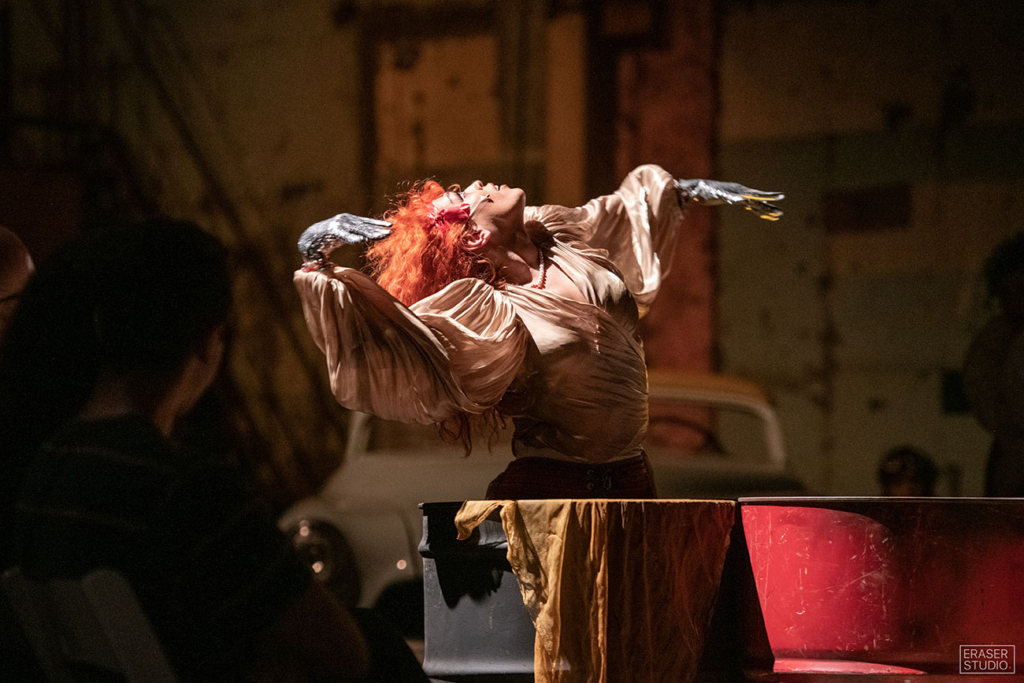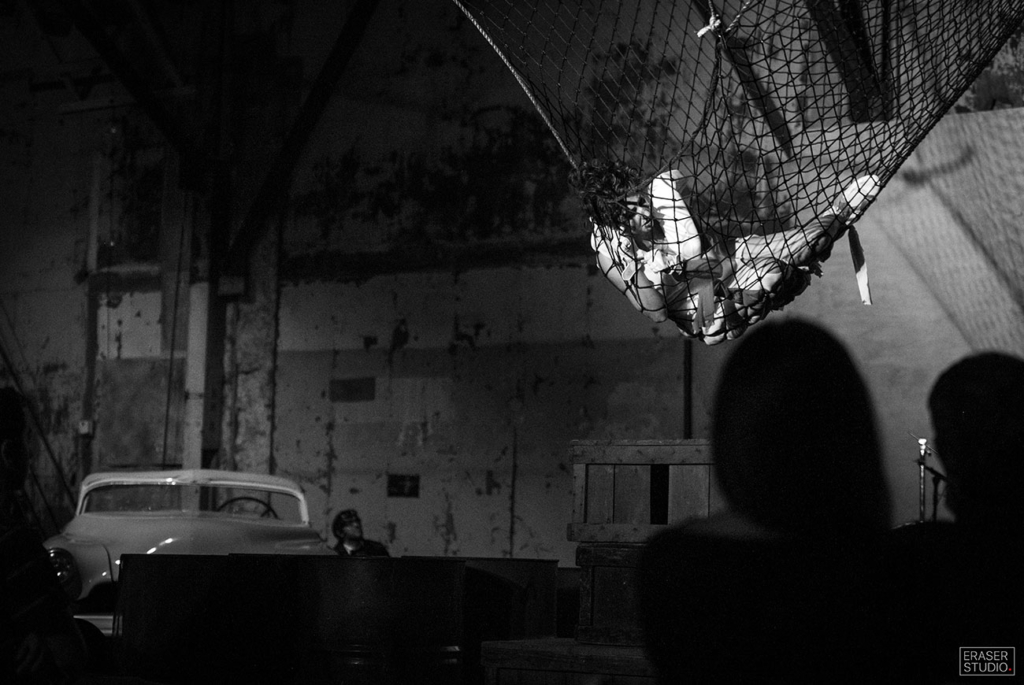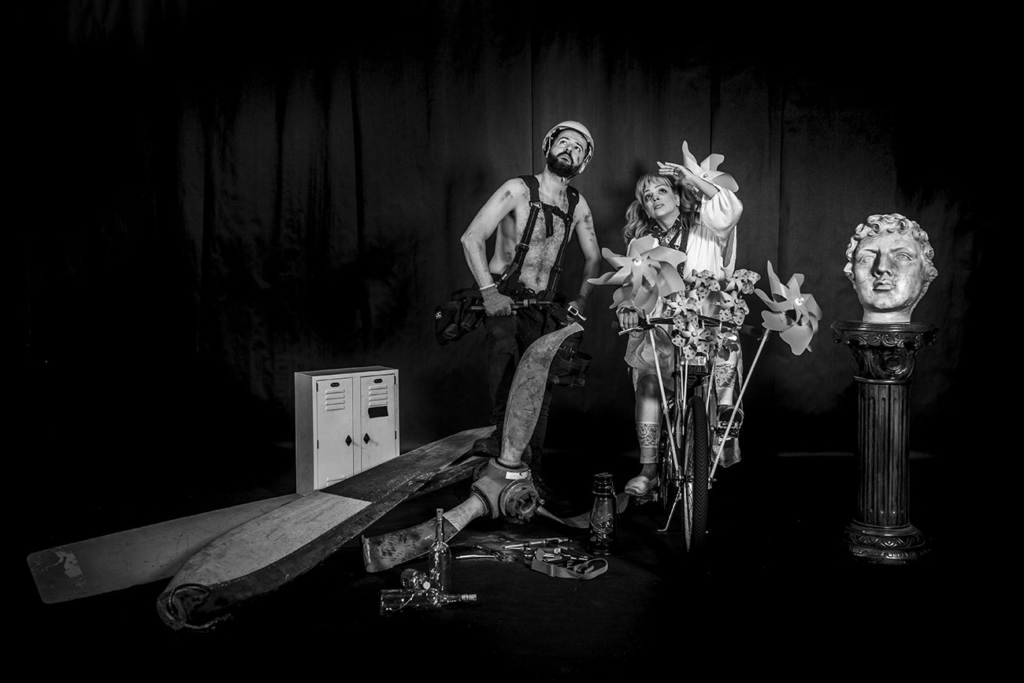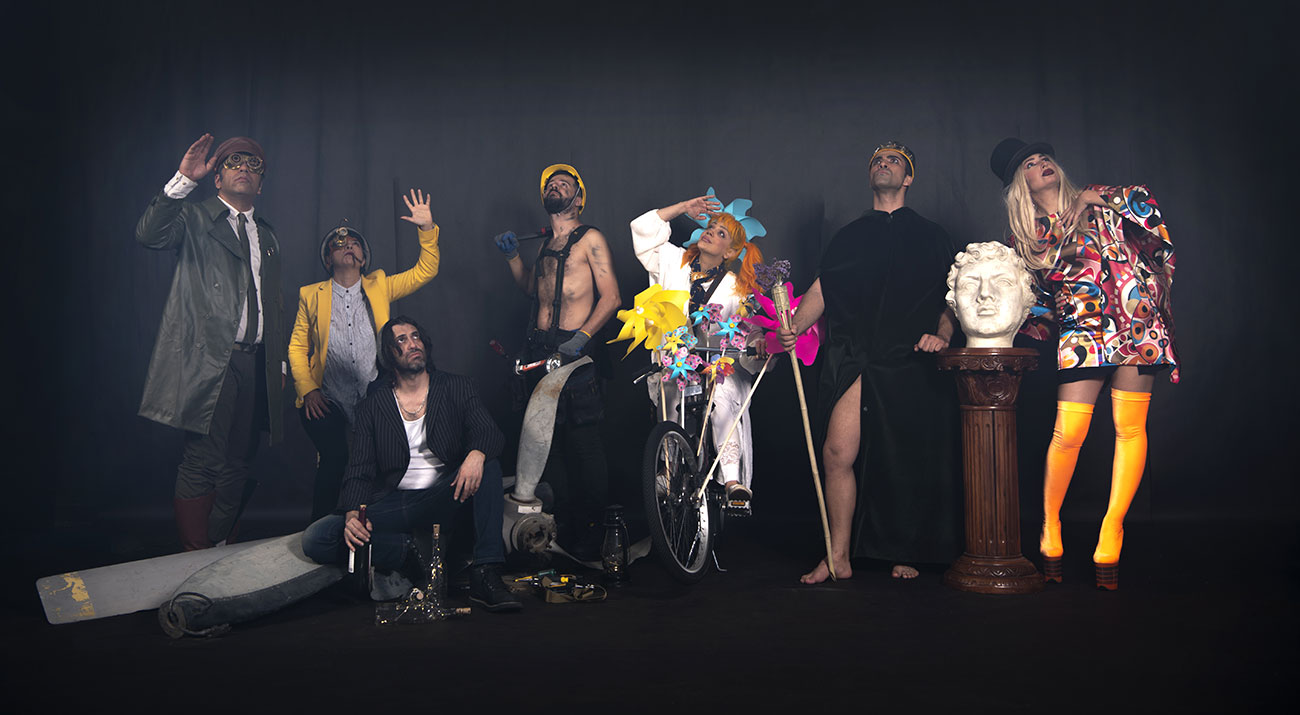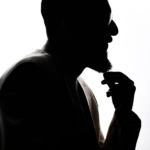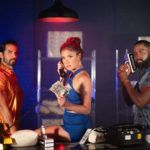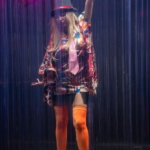Theatrae is different than most other photography situations and it is completely ok to lose your deep shadows. It is Ok if you photograph with high ISO. Theater photography involves providing images that are concise and maintain the integrity of the light and the vision of the director. Also, you should show all the actor’s visions, playing styles, and senses. What makes great theater photography that shows the entire concept and script? In this article, we tell you some tips for theater photography:
1. Anticipate – Where is Action
You should know all the details about the show and take advantage of it. Think about important moments before and wait for that. Keep in mind, when and where those points are in the show and are ready for them. Have your framing, composition, exposure, and settings all ready to go.
Make shots list of amazing and effective moments. So, you should be in the right position before an important act. Do not forget, make your camera setting ready.
2. Talk to actors and director and others
Everyone in theater knows of an amazing photo moment in a show if only someone were there to take it. So, ask them what they consider to be important moments of the show and what they have always felt were exciting moments. Include their ideas into your shot list.
3. Lighting
Talk to the lighting department is the most important. Ask them about lighting design particularly in important moments. usuallly light designers have an amazing experience. Ask them about the effects that they want to do including Low fog, hazers, and smoke. you can ask them about the temperature of the lights (Soft White (2700K – 3000K), Bright White/Cool White (3500K – 4100K), and Daylight (5000K – 6500K). Understanding of light temperature makes your color correction easire after in photoshop or Lightroom.
4. Don’t be afraid of the dark
A new theater photographer’s mistake is they afraid of the darkness. They usually put the camera on full auto settings. Do not worry some times the darkness makes your photo more dramatic. Let your blacks fall off to be completely black. It is ok, less noisy photos!
5. Change your position
Do not take whole photos from the same position. If at all possible, move around during the show but be careful, do not work fast of blocking other cameras. Get high and low angles to get a different perspective on the action.
6. Shoot Wide and Tele
Shooting wide is very important for the theater industry. Most of the theater like to have photos that show the whole stage and audiences. Also, they want to zoom photos of special moments. It is good for you to have 14-24, 24-70, and 70-200 lenses.
